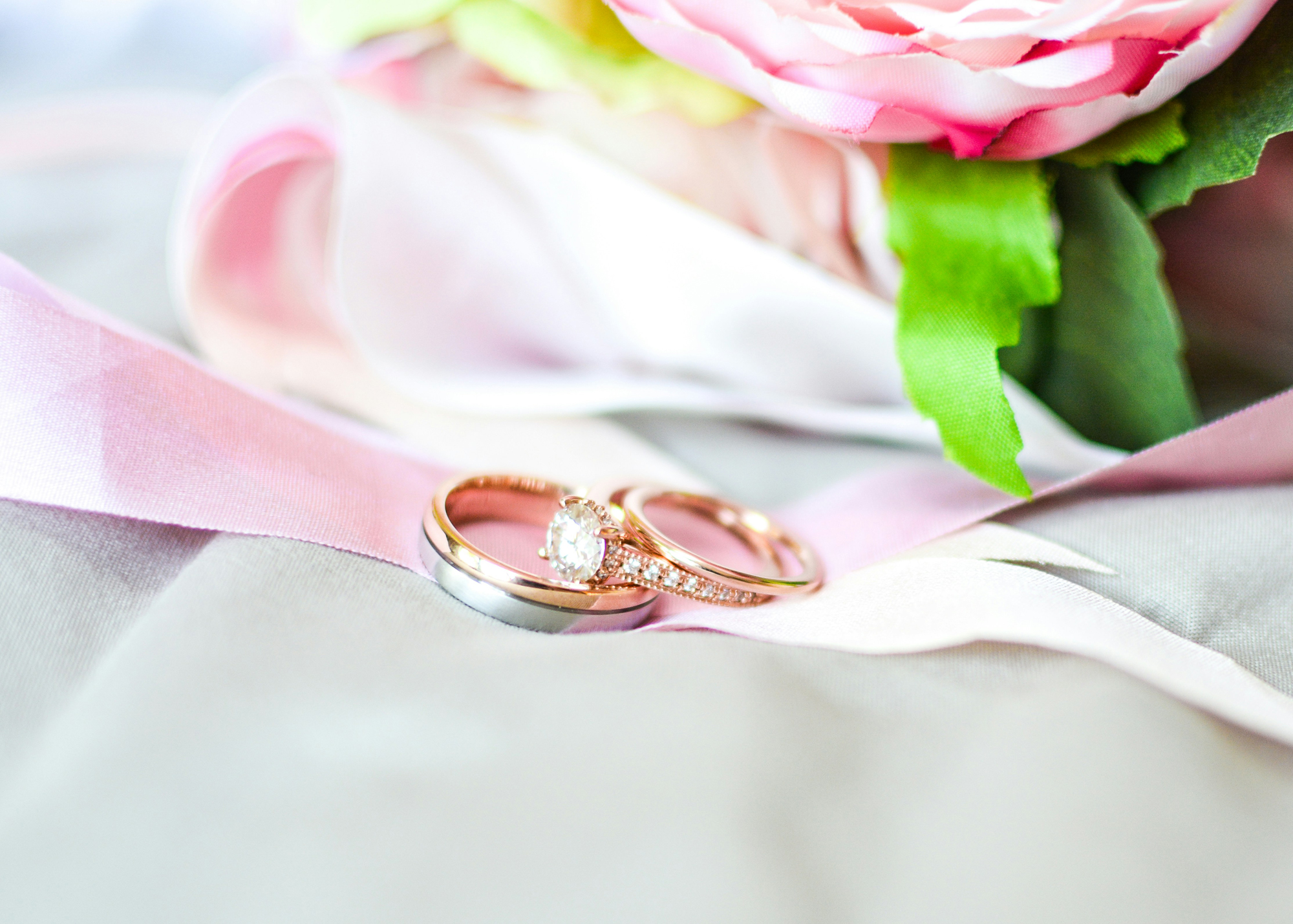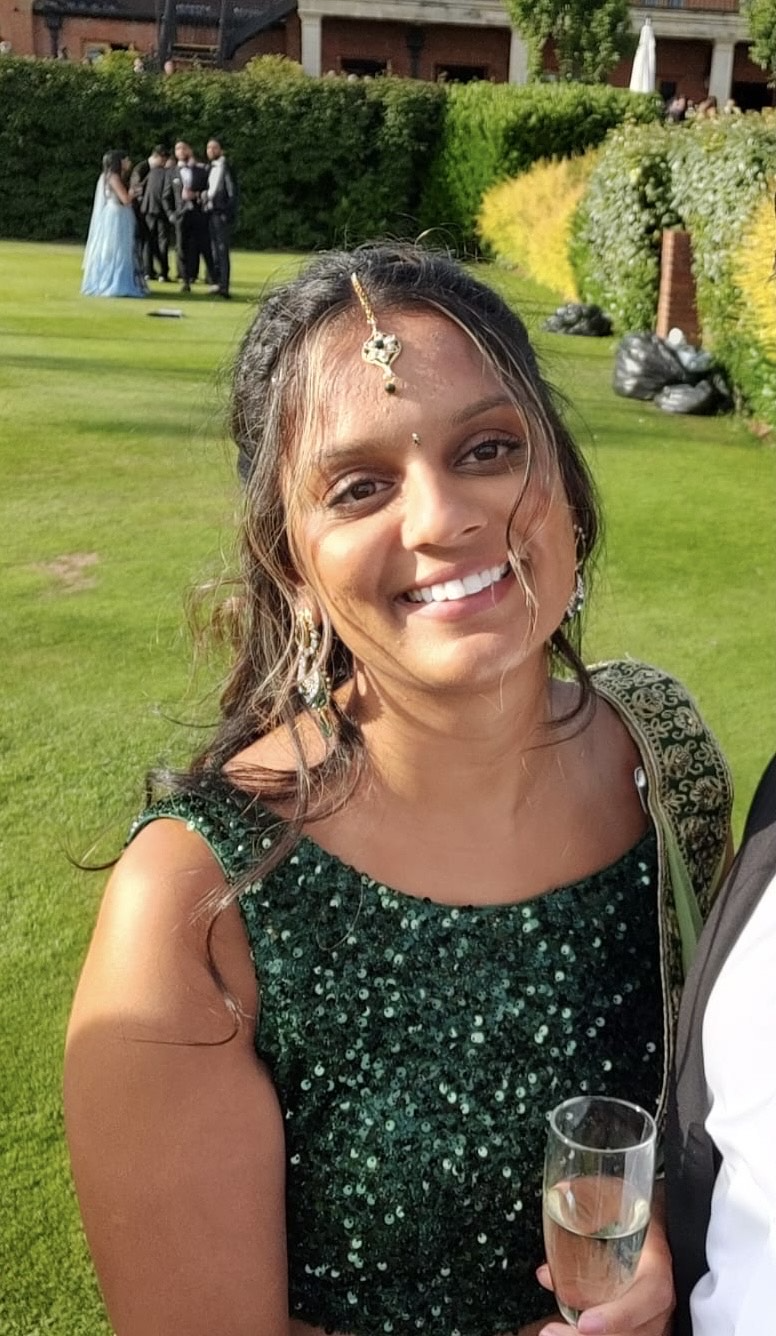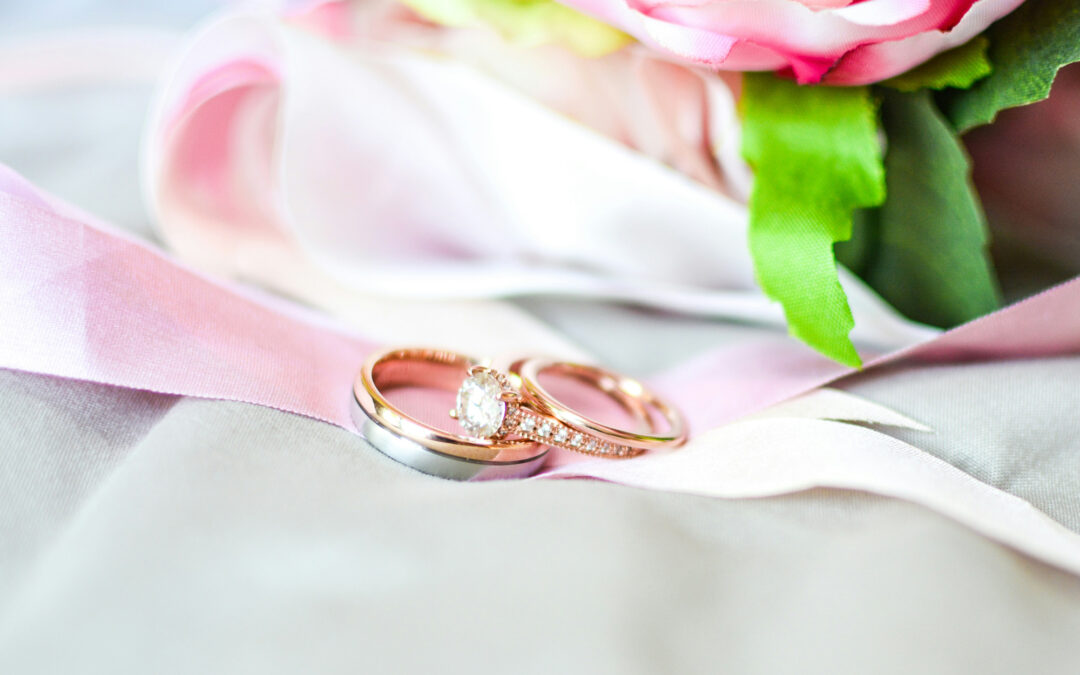All I want is a small Indian wedding, is that just a pipe dream?
Words by Varsha Patel

The Ambani wedding has taken the world by storm in 2024. In what feels like a never-ending celebration, the son of Asia’s richest man, Anant Ambani, married his longtime girlfriend, Radhika Merchant, in a lavish, opulent ceremony in India, reported to have cost an estimated $600 million. As I was scrolling through social media and judging all the outfits with my friends (this was our Met Gala, after all), I had several questions. Why are the Kardashians there? And Boris Johnson? And John Cena, of all people? How much did this thing cost?
With the wedding party still very much underway (the couple are said to be planning a two-months-long post-wedding celebration in Stoke Park, Berkshire, this summer), the Ambanis’ nuptials were a stark reminder of just how out of hand South Asian weddings can really get. This has reopened a more personal question I’ve been toying with in recent years. Is my dream of a small and intimate Indian wedding totally unfeasible? As a British-Gujarati, it often feels like I don’t really have a choice.
Don’t get me wrong, I’m certainly not from a billionaire family like the Ambanis and my budget will hardly be accommodating guest musical stars or designer bridalwear. If you take every stereotype of an Indian wedding and times it by ten, you still wouldn’t be close to the grandeur of the Ambani festivities. And though the Ambani wedding may be unattainable for the average person, weddings — particularly Indian weddings — can quickly escalate into something the couple never even wanted. I’ve seen it happen countless times: the mehndi party can go from a small affair to a booze-fuelled, mega ‘pre-reception’ and the guest list shoots up because it turns out your grandma forgot an additional trunk of your already overextended family tree. Don’t forget all the other events that make up a typical Indian wedding week: the mandvo, various pujas (prayers), the haldi, mayian — and these are only the ones I can remember off the top of my head.
It’s easy for weddings to spiral out of control, but what’s uncomfortable is the insidious undertone in the lack of choice South Asian couples have in their big day. This is because at its core, the Indian wedding is rarely actually about the bride and groom. While the community is moving on in some aspects, weddings still seem to be about keeping up appearances for South Asian families. Common features are an invite list of quid pro quos as opposed to guests who are really important to the couple and a feeling of ‘owing’ your family in some bizarre way. This insinuation of a ‘business transaction’ is hardly very romantic. You can of course spar on details big and small. But on the whole, it’s a fight your parents are likely to win. For example, discussions with my mum on simply my hypothetical wedding get fairly heated — my guess-timate figure of fifty guests was laughable and unrealistically low — so I dread the conversation when it comes down to the real thing. If my mum was keen on having a big wedding because she thinks it would be nice for me and my partner, then it would be easier to be amenable.

‘It’s easy for weddings to spiral out of control, but what’s uncomfortable is the insidious undertone in the lack of choice South Asian couples have in their big day.’
Saheli Dhokia, founder of luxury Asian wedding planning company Saheli Events, is no stranger to those tense family dynamics with clients, but doesn’t necessarily think it stems from a place of malice. While she says the immediate family of clients do tend to ‘feel pressure to please and host’, it usually comes from ‘attending many other weddings and wanting to give back’. However, Saheli is noticing a change, with couples increasingly standing their ground. ‘What we’ve been seeing more of is the couple taking a stronger lead in the decision-making with the guestlist for the main events, and then one event celebration that includes more of the extended friends, family and peers.’ All in all, there’s more of a ‘good happy balance that makes everyone happy,’ she adds, noting that guests nowadays are much more understanding as to ‘how hard and expensive it is to plan their big fat Indian wedding.’
With all these choices and more, my partner and I debate our future wedding at length — despite not being engaged — trying to figure out a best-case scenario that straddles the personal, the traditional, the religion and of course the wishes of our families. Sometimes I surprise myself by finding I’m keen for traditional aspects that he may be willing to forgo, for example. It’s already feeling like a challenging balance to strike and there’s a sense of pressure not to let anybody down or disappoint them. This isn’t enough to make me anti-wedding, as I know it’s the marriage that’s more important. But it does make it easier not to be in any sort of rush for a wedding.
Striving for a more personalised wedding, UK blogger Hema dialled back on what are deemed the ‘traditional’ aspects of an Indian wedding. ‘We didn’t have the ‘big fat Indian wedding’,’ she explains in her three-part video series titled Things I didn’t do for my Indian wedding, showcasing her smaller, intimate wedding with just close friends and families. Changes included not having a separate Indian outfit for her reception, no additional ‘frills’ like photo booths and musicians, as well as ditching the printed kankotris (wedding invites) in favour of online RSVPs.
So it’s clearly possible to strike a balance between family expectations and what the couple wants — you just have to be brave enough to do it. I’m coming to terms with the fact that although the wedding doesn’t have to be “big”, it will probably end up being bigger than I want it to be. A smaller wedding, maintaining only the most crucial traditional and religious aspects, certainly feels like the happy medium.
At the end of the day, I can put all the time and effort into crafting the dream wedding, but there’s always going to be a guest who finds something not to like anyway, as is the prerogative of Indian families.
IMAGE: GETTY

